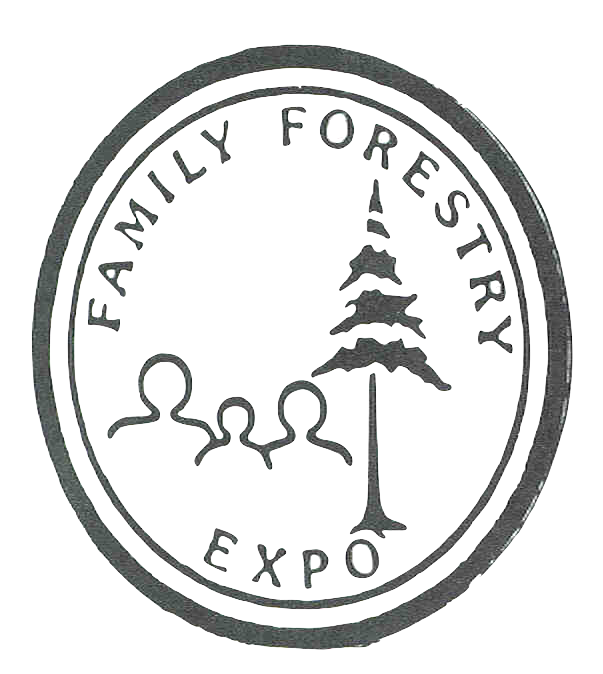This station focuses on why fish need forests.

Montana is home to more than 3,000 named lakes and reservoirs and almost 170,000 miles of rivers and streams. We have more than 90 species of fish across the state, including a wide variety in northwest Montana. Fish are either native, meaning they were here before humans, or non-native, meaning they were introduced here. It’s important to be aware of sensitive fish species and to be able to identify them.
Fish supply many benefits for both humans and the ecosystem. Fishing is a recreational tradition that supports conservation through license sales. They serve as food sources and support economies all while adding to the diversity of aquatic systems. They are part of our unique cultural heritage.
Northwest Montana is home to native trout species such as bull trout and westslope cutthroat trout. These fish have three possible life history patterns. Think of this like a lifestyle for a fish. Resident fish stay and live their entire lives in a single stream. Fluvial fish are born in small creeks and swim, or migrate, downstream to a larger creek or river then back again to spawn. Adfluvial fish are born in large streams and swim downstream to a lake, like Flathead Lake, where they feed and grow and then migrate back to the stream (many times the same stream) to spawn.
For example, from Flathead Lake, adult bull trout ascend the main stem and North or Middle forks of the Flathead River to spawn in small tributary streams like this one, sometimes journeying over 100 miles in a few months. They spawn in the fall and then return to the lake. They overcome all types of odds and obstacles, from predators to anglers to habitat changes.
Many fish need connected tributaries and diverse habitat qualities so they can live and spawn new fish. Think of the four C’s: Clean, Cold, Complex, and Connected. These lifestyles also highlight the challenges that come with migration. Regardless of their life history pattern, fish and other aquatic organisms need good habitat.
Human uses and impacts, such as development, road building, and forest management can harm in-stream habitat. When people build roads in the forest for timber sales and other human activities near streams and rivers, foresters and fisheries biologists work together to make sure that the activities do not increase the sediments that can erode into streams.
Content by Dillon Tabish, Regional Communication and Education Program Manager, Montana Fish, Wildlife & Parks, Region 1

